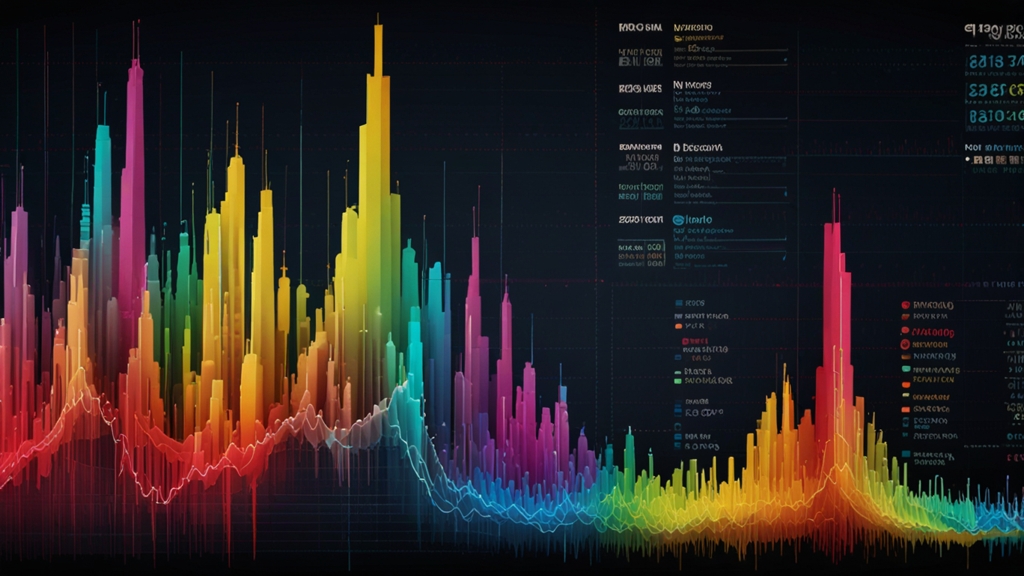Prophecy or Paranoia? The Realities of Revelation Examined
The book of Revelation, the final chapter of the New Testament, has long been a source of fascination, dread, and debate among scholars, theologians, and lay readers alike. Written by John of Patmos, it details a series of apocalyptic visions, complete with celestial battles, divine judgments, and the ultimate victory of good over evil. But is it a prophetic roadmap to humanity's end times, or a product of ancient paranoia?
The Historical Context
Understanding Revelation requires a delve into its historical background. Most scholars date the text to around 95 AD, during the reign of Emperor Domitian. This period was marked by intense persecution of Christians, and many historians argue that Revelation reflects the social and political turmoil of the time.
"The book is not so much a prediction of future events as it is a commentary on the struggles of the early Christian community," says Dr. Elaine Pagels, a renowned expert on early Christianity. "It's a coded language of resistance against Roman imperial power."
John's vivid imagery and symbolic language can be seen as a form of cryptic communication meant to inspire hope and perseverance among persecuted Christians, rather than a literal forecast of the end times.
Symbolism and Interpretation
One of the major challenges in understanding Revelation is its heavy reliance on symbolism. Symbols such as the Four Horsemen, the Beast with seven heads, and the mark of 666 have been interpreted in numerous ways over centuries. Some take these symbols literally, while others see them as metaphorical.
For example, the Beast is often interpreted as representing oppressive political regimes, with its seven heads symbolizing seven hills (a reference to Rome). Meanwhile, the number 666 has sparked innumerable theories, from numerology to hidden political messages.
"The key to understanding Revelation is to recognize it as an apocalyptic genre," explains Dr. Craig Koester, a biblical scholar. "It's a form of literature using vivid images to convey truths about God's ultimate victory, albeit in a way that's not straightforward."
Prophecy and Its Fulfillment
Many interpret Revelation as a prophecy that has yet to be fulfilled. They argue that recent global events, from natural disasters to geopolitical conflicts, are signs that align with the visions in Revelation. This belief often fuels apocalyptic anxieties and forms the basis for various doomsday predictions.
However, critics of this viewpoint caution against such literal interpretations. Historical records show that nearly every generation over the past two millennia has believed that their time fulfilled the end-time prophecies of Revelation. The cyclical nature of this belief suggests a psychological pattern rather than a timeline ticking towards an apocalyptic event.
Revelation and Modern Paranoia
The idea that current events fulfill the prophecies of Revelation can lead to a form of modern paranoia. This is particularly evident in how popular culture portrays apocalyptic scenarios, from movies and books to television shows. Such depictions often reflect societal fears more than theological truths.
Psychologists note that catastrophizing—forecasting disastrous outcomes—can stem from feelings of powerlessness and anxiety about the future. In uncertain times, the vivid imagery of Revelation may resonate more deeply, reinforcing fears rather than providing comfort or guidance.
"Revelation's apocalyptic visions tap into deep-seated fears about the end of the world, fears that are exacerbated by social and political instability," says Dr. John Thompson, a clinical psychologist specializing in anxiety disorders. "For some, these visions provide a framework to make sense of chaos; for others, they fuel a sense of inevitable doom."
Conclusion
So, is the book of Revelation a prophecy or paranoia? The answer likely lies somewhere in between. While its vivid apocalyptic imagery can be interpreted as a cryptic message of hope amidst persecution, its resonance with modern fears and anxieties cannot be ignored. What remains clear is that Revelation continues to captivate the imagination, challenging readers to decipher its symbols and messages while reflecting on their own place in the unfolding narrative of history.
Whether viewed as a divine prophecy or an ancient artifact of human anxiety, Revelation offers a powerful lens through which we can examine our deepest fears and highest hopes, reminding us of the timeless struggle between light and darkness within and around us.








